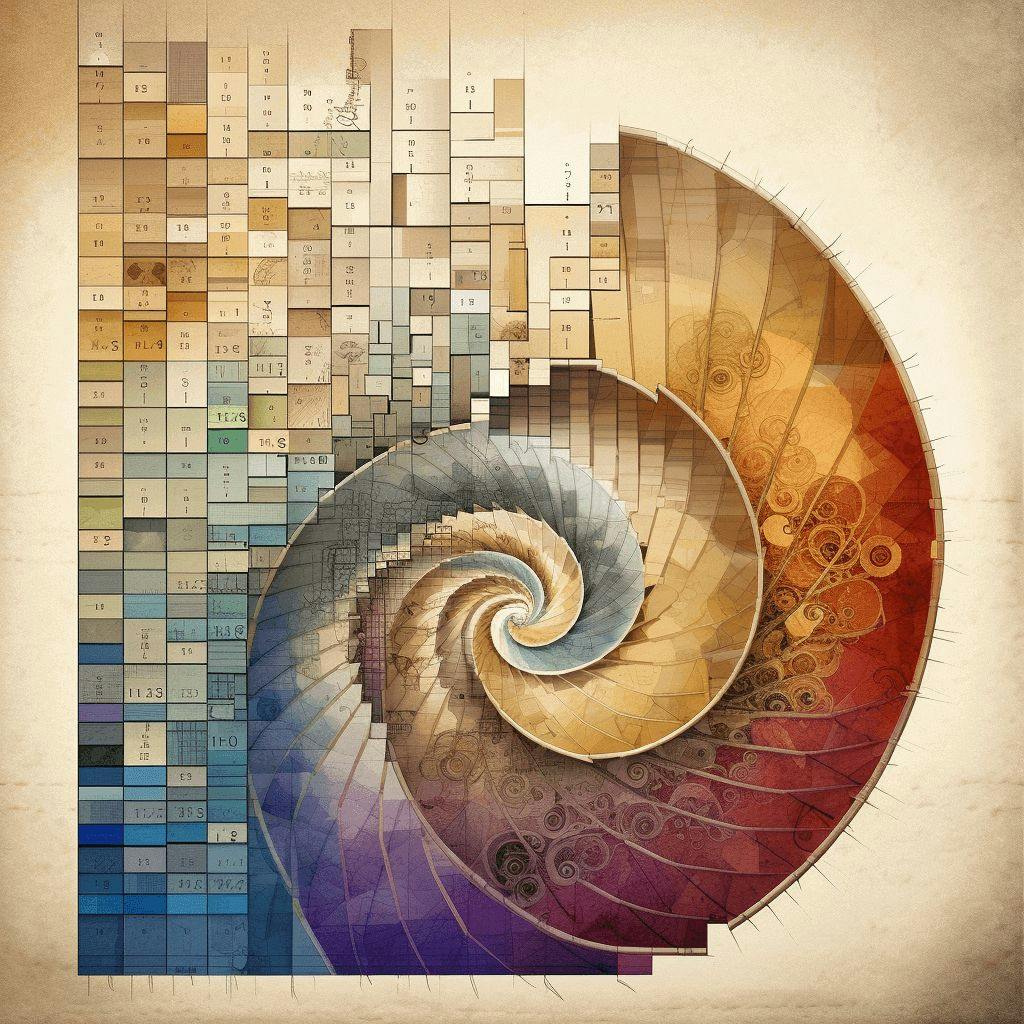Related articles
How to incorporate machine learning into e-commerce platform
11 Jul 2024
E-commerce thrives on delivering personalized experiences to customers. Harnessing the power of Machine Learning (ML) can redefine these experiences, by predicting user behavior, tailoring recommendations and automating tasks. In this article, we explore the integration of ML into your E-Commerce platform and unveil its transformative potential.

The role of Artificial Intelligence in Web Development
20 May 2024
In today's rapid tech evolution, Artificial Intelligence (AI) is innovating industries, including web development. AI has become integral, driving efficiency and transforming the web development landscape. This article will explore how AI empowers web development and its pivotal role in the field.
Intelligent Assistance: The Future of Human-Computer Interaction
21 Mar 2024
In the age of rapid digital transformation, Intelligent Assistance is charting a new course for human-computer interaction. From voice commands, predictive analytics to personalized recommendations, it's an emerging paradigm that's transforming our interaction with digital devices, making technology more intuitive and user-friendly. Through this exploration, we'll dive deep into its evolution and potential.
Artificial intelligence in software development: How can AI improve your product?
9 Jan 2024
The fusion of Artificial Intelligence (AI) with software development has deeply anchored a new era in technology. This article explores how AI is revolutionizing software development, paving the way for optimized and more efficient products, thus becoming a game-changer in the industry.
Unveiling the Wonders of Augmented Reality
5 Jul 2023
Augmented Reality is a groundbreaking technology that blends the virtual world with the real world, creating an immersive and interactive experience. From gaming and entertainment to education and healthcare, Augmented Reality has the potential to revolutionize various industries. In this article, we will explore the wonders of Augmented Reality and the endless possibilities it offers.
Understanding Neural Networks and their use in the new technology industry
22 May 2023
Neural Networks are a type of artificial intelligence that have gained immense popularity in the technology industry. These networks are modeled after the human brain, and are used in a variety of applications, from speech recognition to image classification. In this article, we will explore the basics of neural networks, their structure and how they work, and their use in today's technology industry.
How BERT is Revolutionizing Search Engine Optimization
15 May 2023
Discover how BERT, Google's latest algorithm update, is changing the way we approach SEO. With its advanced natural language processing capabilities, BERT is making search results more accurate and relevant than ever before. Learn how to adjust your SEO strategy to stay ahead of the game.
Show all articles related with #AI

